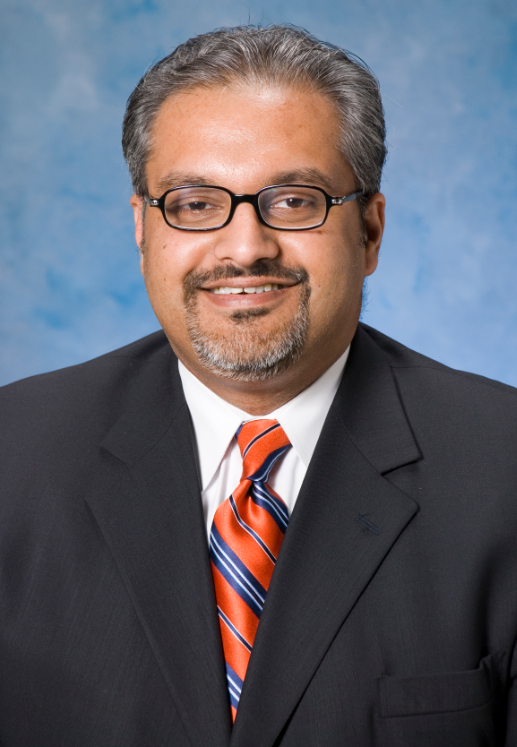 On the grander scale, hospital and health system strategy must prepare for integrated, coordinated care along the care continuum. On the smaller scale, this strategy must also create value in more traditional ways — for example, through more efficient operations. At Mercy we have worked to develop a culture of continuous improvement — a culture that allows us to adapt the way we deliver care as we transition to value-based models.
On the grander scale, hospital and health system strategy must prepare for integrated, coordinated care along the care continuum. On the smaller scale, this strategy must also create value in more traditional ways — for example, through more efficient operations. At Mercy we have worked to develop a culture of continuous improvement — a culture that allows us to adapt the way we deliver care as we transition to value-based models.
Continuous process improvement
The transformation process we’ve instituted at St. Vincent involves bringing together a multidisciplinary group from all levels of the hospital to explore ways to make our processes more efficient while maintain the high quality care we are known for. For example, we recently streamlined the transfer process so patients referred to St. Vincent from regional hospitals can quickly be assigned a bed and transported to the hospital. The undertaking began by bringing various staff members who “touch” the transfer process together to map what our current state was as well as what the future state needed to be — that is, where we want to go. From there, we determined how to streamline and cut duplicate work at each point along the transfer process and identified which measures we needed to improve and track our performance. Then, we implemented and tested the various solutions. Today, St. Vincent has a single hub that receives calls from physicians who wish to transfer patients, and each transfer patient is assigned a bed in 10 minutes or less. Before, transfer assignments took roughly an hour. Also, as a result of the efforts, St. Vincent experienced a 26 percent increase in transfers coming from the region.
Now this same process and principles of performance improvement is being implemented at some of Mercy’s rural hospitals, and it will soon be taken out to various regions within our parent organization, Catholic Health Partners. So while the actual improvements may be individual to each hospital, the process is replicable.
Critical capabilities
While continuous improvement alone is important to developing a strong foundation for value-based care, additional capabilities are needed for success as hospitals expand their care continuums post-reform. Here are just a few that will be important.
Eliminating waste. As part of their continuous improvement efforts, providers must continuously examine how they can eliminate waste and remove duplication and rework. If a redundancy doesn’t improve safety or quality, then why are we doing it?
Patient-centered mindset. As organizations move toward coordinated, integrated care, they must think in a patient-centered manner. That’s easier said than done, of course, but operationalizing processes that do what’s right for patients is where the rubber meets the road.
Drill-down benchmarking. Process improvement methodology must include meaningful measures of performance that can be easily reported to employees and staff. This is fairly obvious. However, one thing we learned at St. Vincent is that these measures must be drilled down into more specific measures each employee can impact. We systematically broke down the processes our front line workers could impact in their own domains. For example, for years we were telling nurses to shorten length of stay, but what does that mean to them? Once we drilled down to the specific ways they could impact LOS, we started seeing improvement. How can nurses impact LOS? They can make sure orders are inputted in a timely manner; they can make sure test results are delivered to physicians quickly; the list goes on.
Health information technology and analytics. Where it’s applicable, use technology as an accelerator and as a resource to develop visibility of what you’re doing. Also use it to give you data that can be analyzed to improve both clinical and operational processes. If you don’t know how you’re performing, you don’t know what to work toward. These tools also allow us to provide performance data to our various departments by week, day and hour, not by months or years. Transformation requires rapid change in a system, and HIT helps us impact the care delivered at the bedside in real-time.
Transformation, though, is a journey, and it won’t happen overnight. The key is to move in the right direction by articulating a vision and have methodology that moves your organization towards it.
Imran Andrabi, MD, currently serves as senior vice president and chief physician officer for Toledo, Ohio-based Mercy. Previously, he served as president of Mercy St. Vincent Medical Center in Toledo. He is a diplomat of the American Board of Family Medicine and the American Board of Managed Care Medicine.
More Articles From Dr. Andrabi:
Creating an Outcomes-Based Culture: How to Engage Front-Line Staff in Process Improvement
